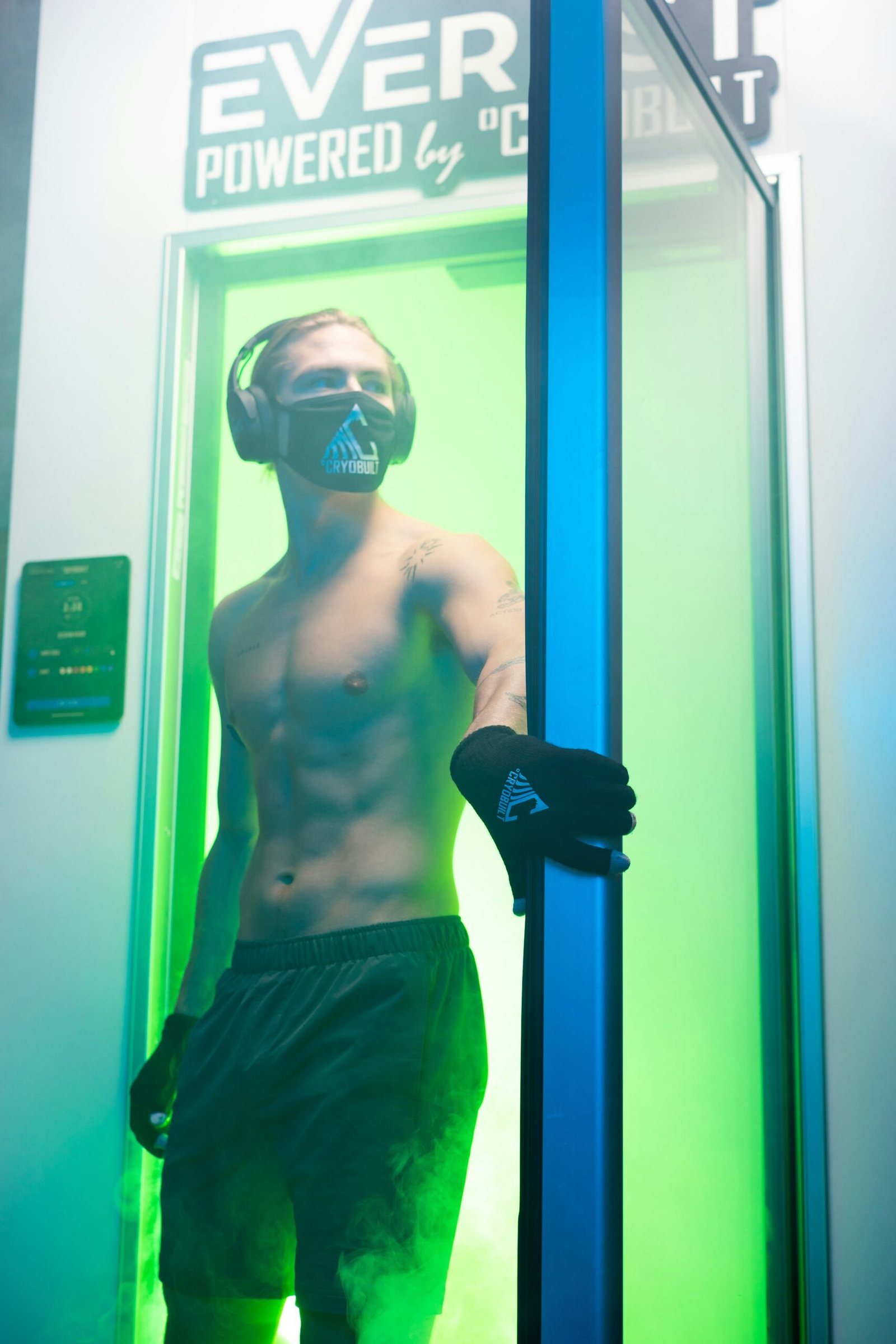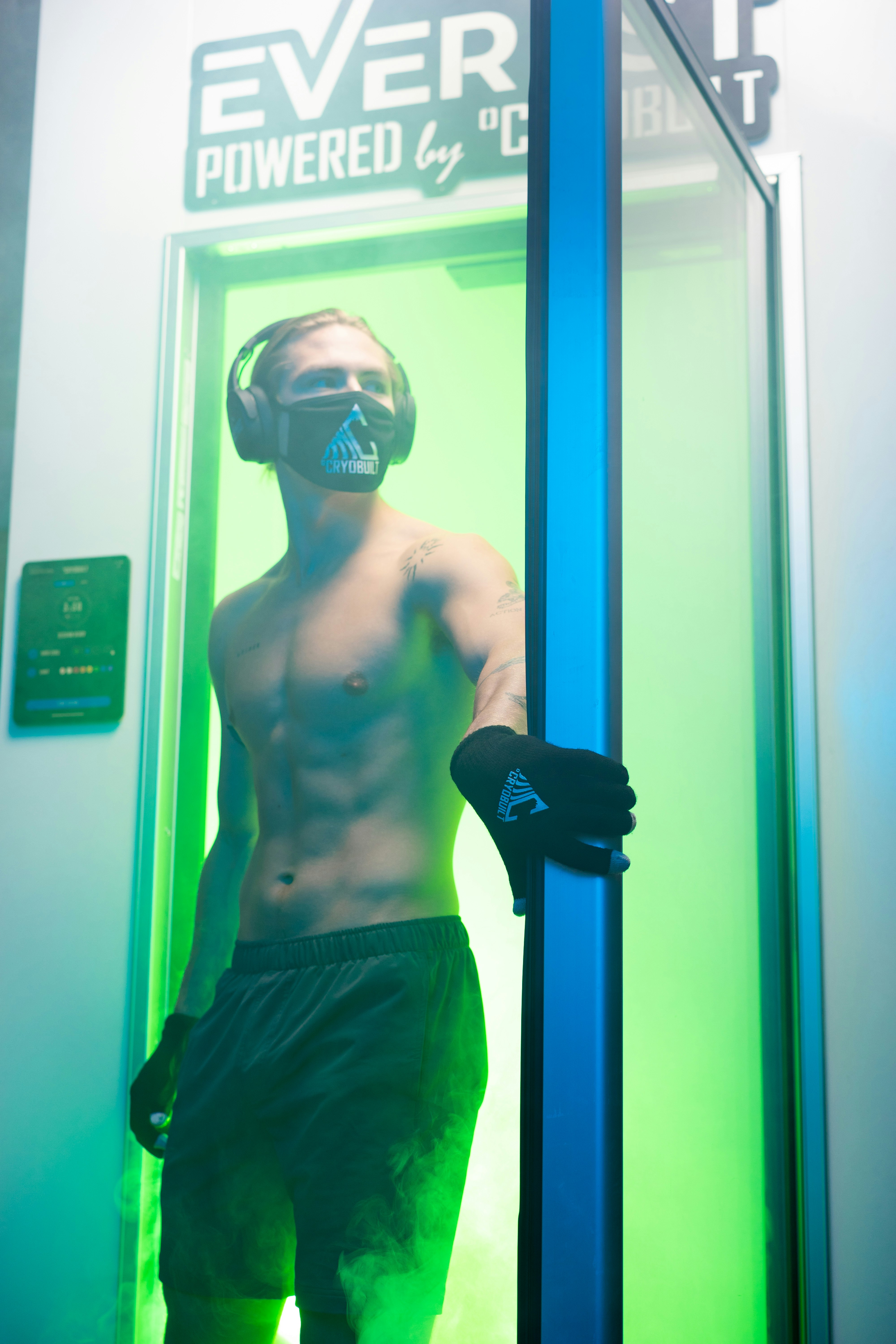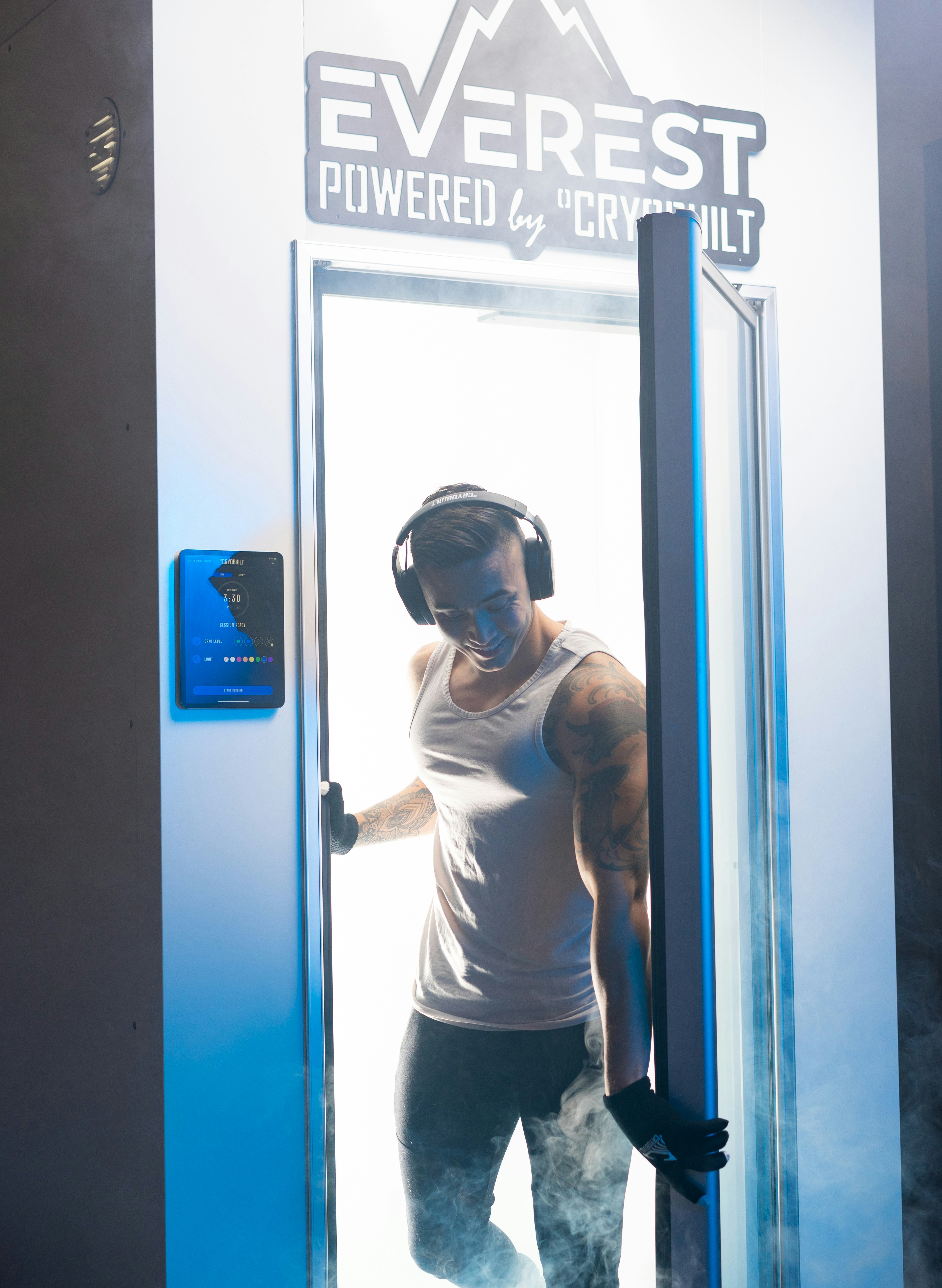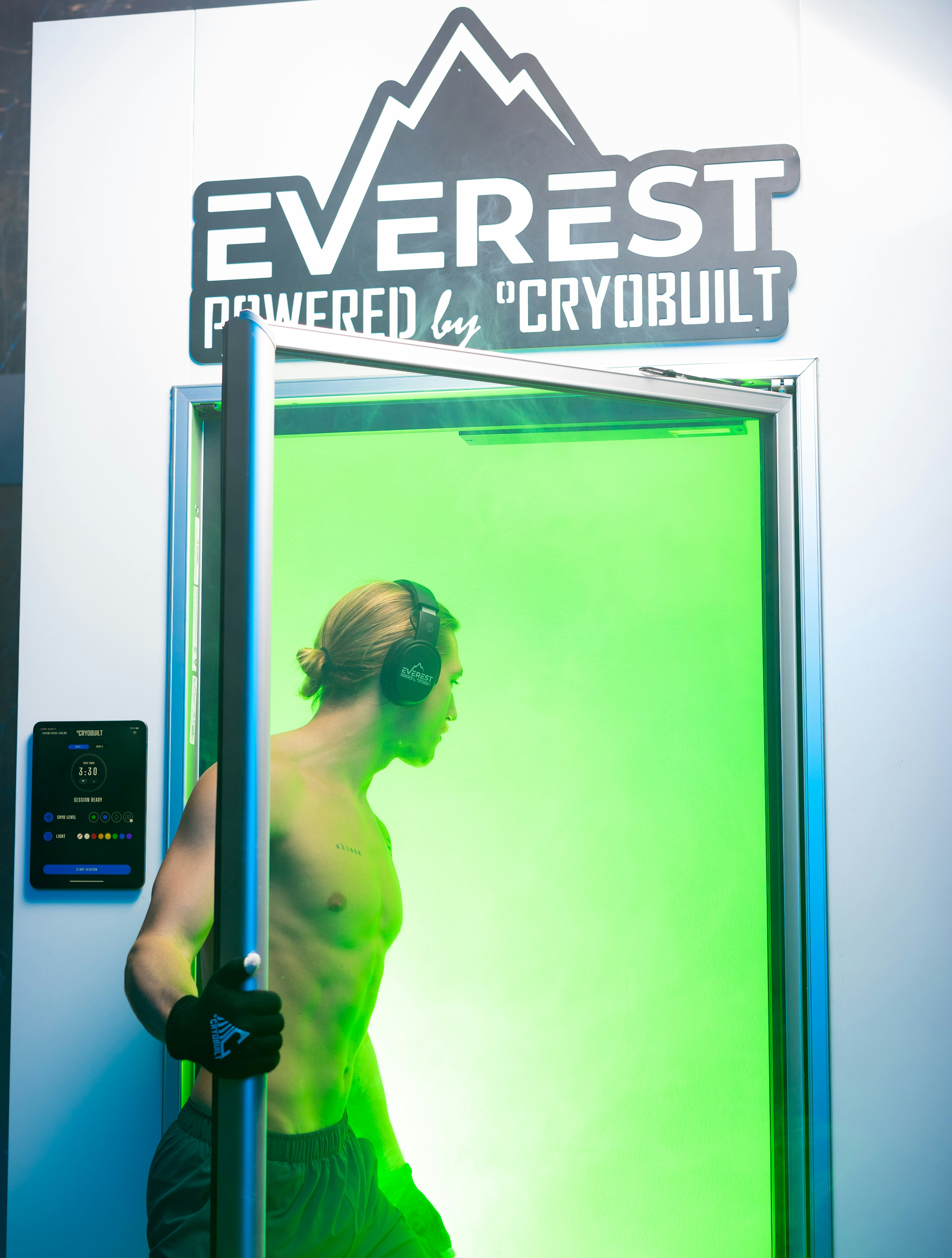Have you ever wondered how you could boost your fitness routine by just adding a simple yet refreshing element? Imagine a chill that awakens every nerve in your body and leaves you invigorated. Yes, we’re talking about cold therapy and how its integration into your fitness regimen can be a game-changer.
Understanding Cold Therapy
Cold therapy, commonly known as cryotherapy, involves using low temperatures for medical or therapeutic purposes. It’s been used for centuries, with methods evolving from ice packs to whole-body cryotherapy chambers. But how exactly does cold therapy work, and why does it seem to make such a difference in physical performance and recovery?
The Physiological Impact
When you expose your body to cold temperatures, it’s not just about feeling chilly. The physiological responses are detailed and profound. Blood vessels constrict, reducing inflammation and numbing painful areas. This process, called vasoconstriction, helps minimize swelling, making it particularly effective for injury management.
Cold exposure triggers the release of endorphins, the body’s natural painkillers, leading to an overall sense of well-being. Isn’t it fascinating how just a drop in temperature can influence your body internally?
Cold Therapy Methods
There are various ways to incorporate cold therapy into your fitness routine. Let’s break it down:
-
Ice Packs and Gel Packs: Easy to use and cost-effective, these are ideal for targeting specific areas of inflammation.
-
Cold Showers: A great start for beginners. A quick way to wake up your system and get acquainted with cold exposure.
-
Ice Baths: More intense than cold showers, perfect for athletes after rigorous training sessions.
-
Cryotherapy Chambers: Offers a full-body experience, though it requires an investment of both time and money.
These methods can be individualized according to your needs, preferences, and available resources.
Benefits of Cold Therapy in Fitness Regimens
Why should you consider integrating cold therapy into your fitness routine? Let’s uncover what the research and experts have to say about the benefits.
Enhanced Recovery
Recovery is a critical component of any fitness regimen. Cold therapy reduces muscle soreness and inflammation, quickening the recovery process. After intense exercise, muscles experience micro-traumas, leading to soreness. Cold therapy’s ability to constrict blood vessels and reduce metabolic activity results in less swelling and tissue breakdown.
You could think of it like soothing a fiery muscle tantrum with an icy ease, letting you return to your workouts stronger and sooner.
Performance Boost
While the most discussed benefit of cold therapy is recovery, it’s intriguing how it might also aid performance. By enhancing circulation and boosting endorphins, cold therapy might contribute to improved energy levels and mental resilience—both critical factors when tackling fitness challenges.
Mental Resilience
Cold therapy not only aids physical aspects but also builds mental toughness. Immersing yourself in cold temperatures, willingly enduring discomfort, teaches you to handle stress better. This mental conditioning can translate into better performance under pressure, whether it’s lifting heavier, running further, or simply pushing beyond your regular limits.
Of Science and Studies: Backing the Claims
Research on cold therapy is burgeoning, with studies focusing on various intensities and methods. Let’s delve into some noteworthy findings and opinions from the scientific community.
Critical Research Findings
A study published in the Journal of Sports Science and Medicine highlighted how cold exposure post-exercise decreases delayed-onset muscle soreness, enhancing recovery without affecting performance negatively. Isn’t it reassuring when science corroborates traditional techniques?
Another study examined the effects of whole-body cryotherapy on elite athletes and found improvements in recovery and reduction of inflammation markers, underscoring its benefits for those engaged in high-intensity physical activities.
Experts’ Take
Sports scientists and athletic trainers often recommend cold therapy as part of a holistic recovery strategy. They emphasize that while cold therapy is beneficial, it should complement—and not replace—other recovery methods such as hydration, proper nutrition, and rest.
How to Integrate Cold Therapy
Ready to include the icy benefits in your fitness routine? It’s more straightforward than you might think. Here’s a practical guide to getting started with cold therapy.
Set Your Goals
Begin with clear goals. Are you looking to reduce post-exercise soreness or increase overall resilience? Defining your objectives will help tailor the method and frequency of cold therapy application.
Start Slow
You’ll want to ease into cold therapy gently. Start with cold showers, gradually reducing the water temperature. Once comfortable, you can step up to ice baths or cryotherapy if desired.
Create a Routine
A consistent routine is key to any successful fitness regimen. Decide on a schedule that aligns with your regular workouts. It might look something like cold showers post-workout during the week and an ice bath over the weekend.
Monitor Your Responses
Pay attention to how your body reacts. Any prolonged discomfort or adverse effects should prompt a review of your cold therapy approach. Each person’s tolerance will differ, so tuning into your body’s signals is crucial.
Common Myths and Misconceptions
Despite its popularity, cold therapy is not devoid of misconceptions. Let’s debunk some myths and clarify the truth, making you a more informed fitness enthusiast.
| Myth | Reality |
|---|---|
| Cold therapy is only for athletes | While athletes may benefit greatly, anyone can integrate cold therapy. |
| Ice baths are too painful | Initial discomfort diminishes as you adjust, offering long-term benefits. |
| It’s effective immediately | Cold therapy generally requires consistent application for best results. |
| More cold equals better results | Overexposure can be harmful; moderation and gradual integration are key. |
Safety Considerations
As with any new regimen, safety is paramount. Understanding both the benefits and risks ensures a balanced approach to integrating cold therapy.
Precautions
Ensure your overall health is conducive to cold exposure. Individuals with conditions like Raynaud’s disease or cardiovascular issues should consult with a healthcare provider before starting cold therapy.
Listening to Your Body
Your body is an excellent guide. If you’re shivering uncontrollably or experiencing pain beyond mild discomfort, it’s time to stop and reassess. Cold therapy, like any other health strategy, requires listening to your own limits.

The Future of Cold Therapy in Fitness
The world of fitness continues to evolve, and cold therapy is expected to grow as research expands and methods advance. As technology develops, more sophisticated and accessible applications of cold therapy will become available.
Innovations Ahead
We can anticipate innovations like portable cryotherapy devices for personal use and more detailed scientific understanding of cold exposure’s long-term effects. These advancements could transform how we think about recovery and performance.
The Balance with Other Techniques
Cold therapy will likely be one among several recovery techniques, harmonized with practices like hot therapy, massage, and nutritional strategies. The future points towards balanced multimodal approaches integrating scientific insights to optimize fitness results.
Conclusion
Integrating cold therapy into your fitness regimen can offer substantial benefits, from hastened recovery to enhanced mental resilience. However, like any element of your fitness journey, it requires careful consideration, gradual integration, and attention to your body’s needs and responses.
Think of cold therapy as more than just a tool for physical enhancement. It’s an experience that challenges and invigorates, offering you an opportunity to tune in to your body and mind. Whether you’re just starting or looking to elevate your regimen, the chill factor might be the refreshing edge you need. So, why not embrace the freeze and see where the journey takes you?





